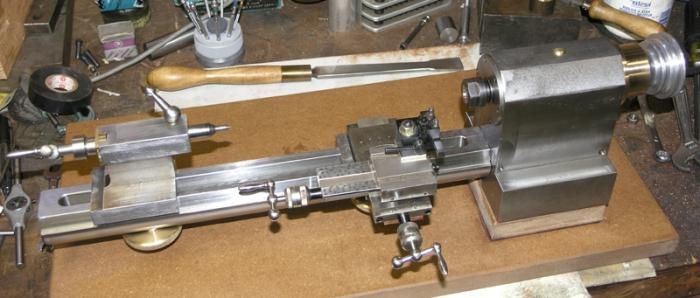Honing is a finishing process.machining parts with holes, and runs exclusively on honing machines. In some cases, this process can be equated to grinding. The difference between the procedures is only that when honing, it is possible to process only the holes with the final removal of the balls of the stock.
Machine design
As mentioned earlier, for this typeMachining used honing machine, which by its design is very similar to the second group of metal cutting machines (drilling). The machine consists of a frame (base), a spindle rotation drive, a device for controlling the machine and part installation.

During the process, the workpiece remains stationary,and only the spindle rotates, in which the honing head is mounted - a tool for machining holes. The spindle is made in such a way as to enable the tool to perform both translational (up and down) and rotational movement (around its axis). This design feature allows you to process the surface evenly to achieve the required roughness and accuracy of the hole being made.
Types of machines

Depending on the design and other technical characteristics, the honing machine may be:
- with horizontal and vertical spindle placement;
- single or duplex, as well as with multiple spindles;
- for external and internal processing, as well as complex (for external and internal processing simultaneously);
- with mechanical (manual), semi-automatic and automatic control (CNC machines).
The most common models are 3G833, 3A833 (vertical-honing machines), CC 740B, CC 743 (CNC honing machines), 3K833 (semi-automatic).
Specifications

In order to choose a honing machine for a particular treatment, it is necessary to take into account the main characteristics of each of them. These include:
- Accuracy classes. In total there are five - from H (normal accuracy) to C (ultra high accuracy). Many models of honing machines produce H and B (normal and high) accuracy.
- Sizes of processing. In this case, this is the maximum and minimum diameter of the hole to be machined.
- Processing length This characteristic is taken into account only if the intended machined holes are too long.
- Maximum spindle stroke. As in the previous case, it is taken into account only when the length of the hole being machined is too large.
- The dimensions of the working surface of the table. This characteristic is taken into account only if the workpiece is large.
- Spindle speed.This characteristic should be considered when it is necessary to process a hole with high technological requirements. After all, the final accuracy of the surface will depend on the speed of rotation of the spindle.
- Engine power. For stronger materials blanks need honing machine with high engine power.
- Other specifications. For example, the distance from the tool (hone) to the surface of the table and the workpiece, the power of the cooling system, the presence of numerical control.












